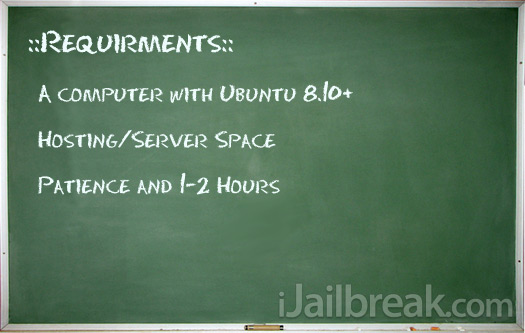Joining the iOS Developer Program
Being a member of the iOS Developer Program should not be confused with being a registered Apple developer. Being a registered Apple developer only gives you the ability to download the iOS SDK and access to additional developer related information. Membership of the iOS Developer Program, however, allows you to set up certificates and provisioning profiles to test apps on physical devices and, ultimately, submit completed apps for possible acceptance into the Apple App Store.
Enrollment into this program currently costs $99 per year. It is also possible that your employer already has membership, in which case contact the program administrator in your company and ask them to send you an invitation to join. Once they have done this Apple will send you an email entitled "You Have Been Invited to Join an Apple Developer Program" containing a link to activate your membership. If you or your company is not already a program member, you can enroll online at:
Having completed the enrollment process, navigate to http://developer.apple.com and click on the Member Center link located near the top right hand corner of the screen. On the resulting page enter the Apple ID and password associated with your iOS Developer Program membership to access the member center home page as illustrated in the following figure:


